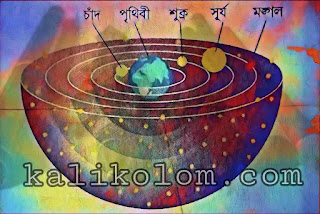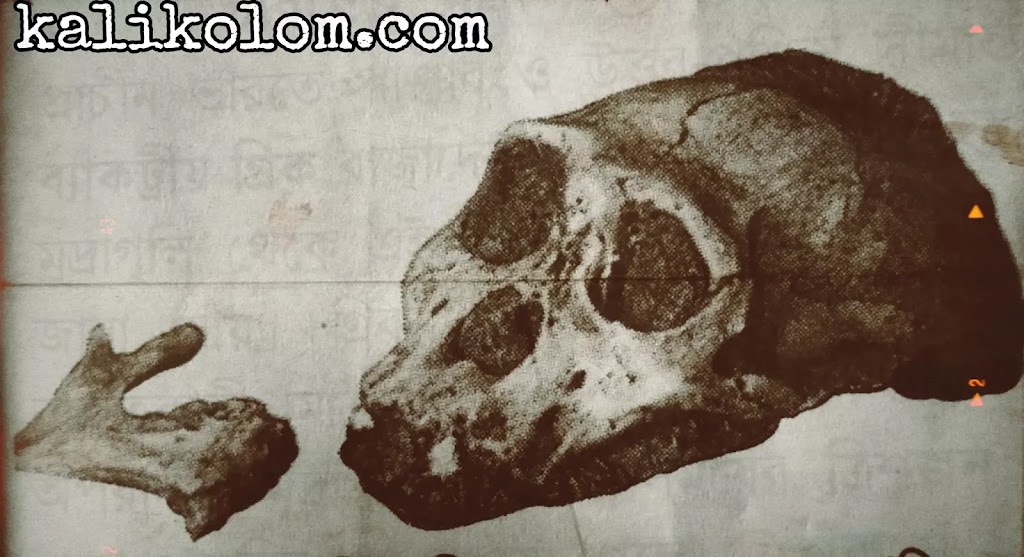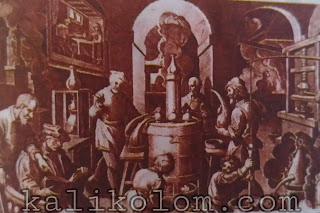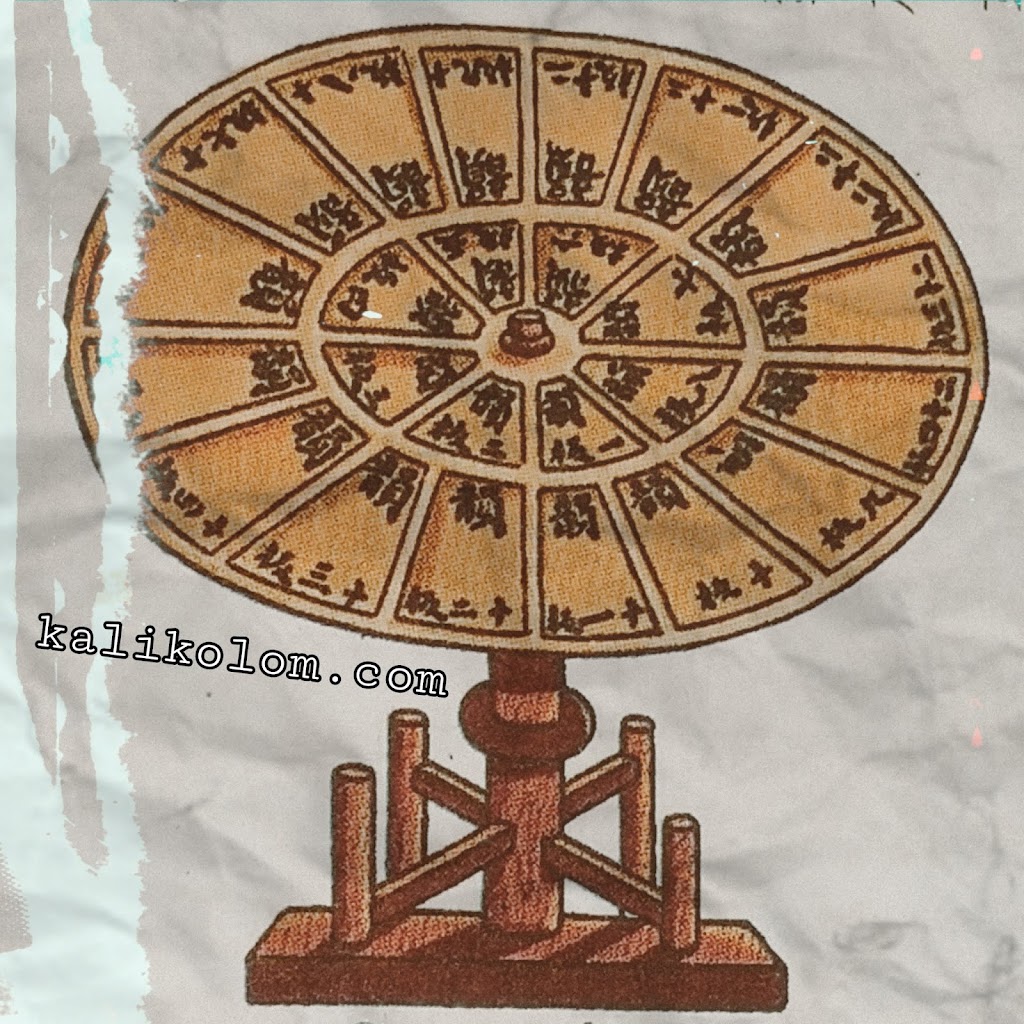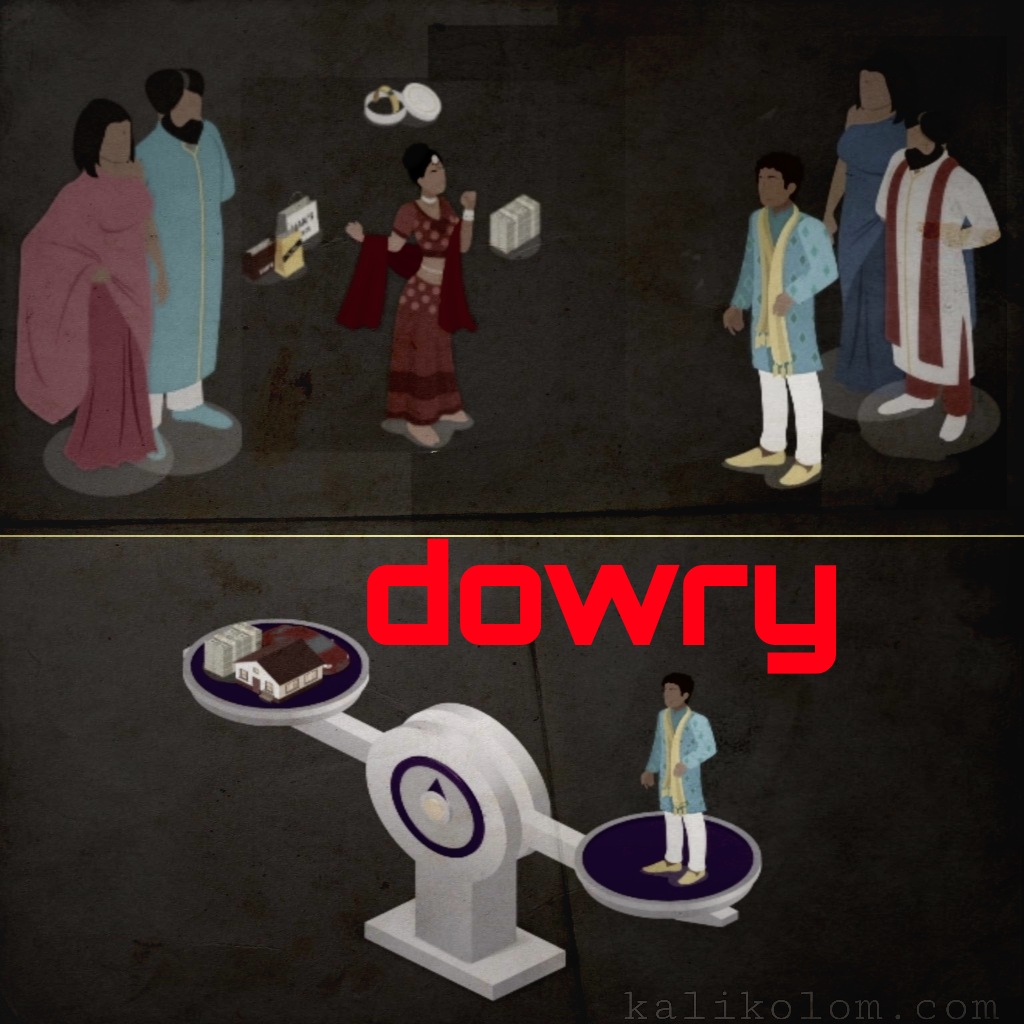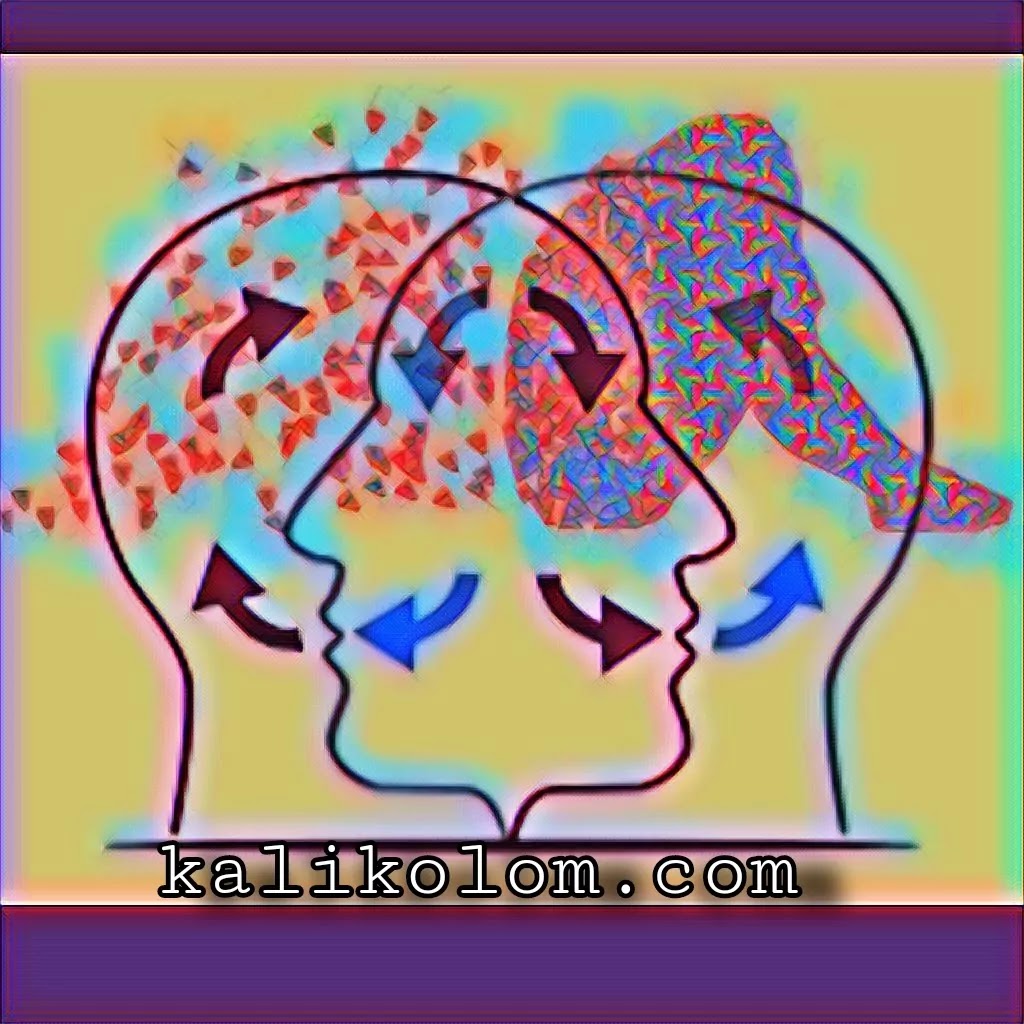Digital বোর্ড: বিষয়বস্তু ✦
show
History of astrology
Astrology vs astronomy meme
From time immemorial, people have been curious about the celestial bodies in different parts of the world. The practice of astronomy was prevalent in ancient Greece. The word astronomy means the arrangement of the astrologers (Nomos). However, it is reasonable to call this ancient practice astrology, not astronomy. The word astrology means logos. Plato himself introduced the word Astrology instead of the word Astronomy.
The Origin of Astrology
The ancient mathematician Pythagoras believed that numbers and geometric shapes had miraculous meanings. Pythagoras adopted this idea and Plato associated astronomy with mathematics. Plato’s discussion of astrology did not come up in real terms. What kind of astrology would be good for human destiny, that was the subject of Plato’s practice. From this practice the people of Europe began to think that the sun, moon and other planets have divine power. This is how ancient astrology began. Later, with the help of astrology, astrological calculations in a method devoid of logic became very infamous. As a result, the word astronomy was brought back. However, although astrology is erroneous and obsessed with superstitions, the practice of cosmic astronomy has continued through this scripture since ancient times.
Modern Astrology
Even after the fifteenth century, many European astronomers practiced astrology. Although astrology is not a science, or science does not acknowledge the influence of planets on human destiny, astrology has some kind of connection with astrology. Famous astronomers like Tycho Brahe or Johannes Kepler were appointed to the royal court of Emperor Rudolph as astrologers. Newton also began his study of mathematics out of interest in astrology. Different astrologers used the method of astronomy to make their calculations accurate. Thus the practice of astronomy progressed through astrology. This practice made it possible for modern astronomy to emerge later.
Astronomy in India
In ancient India, there was considerable progress in astronomy during the Gupta period. Aryabhata and Brahmihir were one of the astronomers of this era.
1. Aryabhata
Aryabhata said in his Suryasiddhanta that the earth is round and that it always revolves around the sun in a specific orbit. He was the first to calculate that there are 365 days in a year. He also discovered the causes of diurnal motion, annual motion, solar eclipse and lunar eclipse.
2. Brahmihir
Brahmihir was a notable astronomer of this era. His notable works are Panchasiddhantika on Astronomy and Brihatsanghita on Applied Astrology. The constellations discuss the positions of the Sun, Moon, Earth, and other planets.
3. Brahmagupta
Apart from this, the astronomer Brahmagupta in his book Brahmasfut Siddhanta discusses the position of different planets, solar eclipses and the causes of lunar eclipses.
Misleading astronomy in Europe
1. Ancient Proponents of the Earth’s Rotation Theory:
In the third century BC, Aristarchus of Greece spoke of the earth’s rotation around the sun. Some time later, Cicero, Hikitas, etc. also spoke about the rotation of the earth around the sun.
2. Supporting misconceptions in ancient times
In ancient times the people of Europe did not believe in the rotation of the earth around the sun. Rather Ptolemy, Aristotle
Prominent ancient thinkers propagated the misconception that the earth was at the center of the universe and that the sun, moon, and other planets always revolved in certain orbits around the earth.
3. The concept of the Christian Church
The Christian Church supported this misconception. Until the fifteenth century, the doctrine of the Christian Church about the structure of the universe was ingrained in European society. At that time many strange ideas about the earth and other planets were prevalent among the people. Some people thought that the shape of the earth was like a flat plate.
Modern astronomy in Europe
The fifteenth century saw unprecedented advances in astronomy in Europe. As a result, new doctrines began to be propagated against the misconceptions about celestial astronomy. The scientific doctrines of Nicolas Copernicus, Giordano Bruno, Tycho Brahe, Galileo Galilei, Johannes Kepler, Sir Isaac Newton, etc., ax to the root of the Church’s misconceptions. From their theory, people know that the Sun, not the Earth, is at the center of the universe, and that the other planets and satellites in the solar system, including the Earth, are always orbiting the Sun. Thus modern astronomy was gradually born in Europe.
1. Copernicus
The general idea was that the earth was stationary and the sun revolved around it. But the first scientist to express a scientific theory against this misconception in modern times was the Polish astronomer Nicolas Copernicus (1473-1543 AD). He was the first modern proponent of the heliocentric universe doctrine. He is known as the ‘Father of Modern Astronomy’.
A. First life
Nicolas Copernicus was born in 1483 in Torun, Poland. In his education he acquired considerable knowledge in astronomy, medicine, law etc.
1. Early failure
He was not successful in teaching at all. He failed to teach students in the classroom to speak vaguely. The first year he got some students in the garage, but the next year he was a little confused because no one came to read to him.
2. The beginning of the practice of astronomy
He later spent most of his life as a church official in Fraunberg, Poland. While in charge of the church at Fraunberg, he devoted most of his time here to the study of astronomy. He set out to unravel a scientific wonder that changed the future of basic astronomy.
B. Propagation of heliocentric doctrine
Copernicus dispelled Plato’s ancient misconceptions about the earth, the sun, the moon, and other planets, and gave them reasonably accurate ideas. Copernicus explained his theory of the structure of the universe in his book De revolutionibus orbium coelestium (On the Revolutions of the Celestial Spheres). This book is divided into six ‘books’. In this text he explains that the sun is at the center of the universe and the earth and other planets and satellites are always revolving in a certain circular orbit around the sun. He said that Earth’s orbit is located between the orbits of Venus and Mars. He mentions the position of the Sun as the center of the universe in this way: The Sun is sitting on the throne in the center of all this. What is the best place in this magnificent temple where this luminous form could be held? . This sun seems to be sitting on the throne, and the planets revolving around him are like his children. He rules over these children while sitting on the throne. ”
C. Copernicus’s Revolution:
Copernicus’s doctrine was difficult to convince the common people during his lifetime. Only a few contemporary astronomers understood the significance of Copernicus’ statement. On the basis of his doctrine a new calendar of Prussia was compiled in 1551 AD. Copernicus’s theory of astronomy was later taken further by Tycho Brahe, Giordano Bruno, Galileo Galilei, Sir Isaac Newton and others. The modern concept of the structure of the universe based on Copernicus’ doctrine is known as the “Copernican Revolution”.
D. Death:
Unmarried Copernicus spent his entire life studying astronomy. This great astronomer died in Frombock on May 24, 1543. In the year of his death, his lifelong research book was published. It is known that the first printed copy of the book was handed over to him on the day before his death. He was buried in Fraunburg Cathedral after his death.
E. Evaluation:
Copernicus’s contribution to the study of modern astronomy is infinite. He was the first to rationalize the idea of a heliocentric structure of the universe. Copernicus’s doctrine helped his successor, the astronomers. That is to say, it was Copernicus’ guidance that enabled later astronomers to fully shape the concept of the universe.
2. Giordano Bruno
“Some dead personalities are much more alive than living ones,” says Pandit Ramya Ranla. Giordano Bruno (1548-1800) was one such figure. He was an Italian philosopher, priest and astronomer. He was sworn in as a Dominican priest under the influence of a teacher named Thomas Aquinas while attending St. Dominican School in Naples. Copernicus’s theory of astronomy was made most popular by his unseen disciple Giordano Bruno. While the two astronomical doctrines are the same, while Copernicus was introverted and calm, Giordano Bruno was much more extroverted and unpleasantly outspoken.
A. First life:
1. Birth:
Giordano Bruno was born at a time when the religious orthodoxy of the Middle Ages existed on the one hand, and the rational modern age on the other. At this juncture, Bruno was born in Nola, near Naples, Italy (1548).
2. Nomadic life
Intense-minded but temperamental Bruno joined the monastery as a priest, and soon left the monastery due to a dispute with the monastery authorities. Without any attempt at family life, he then wandered around Europe as a nomad to spread the truth.
3. Expression of doctrine
He published one book after another on his doctrine and participated in debates in various places. Many European scholars, scientists and rich people were impressed by his speech. But as a result of his unpleasant outspokenness, the number of his enemies also increased rapidly.
B. Doctrine:
After Copernicus’ death, Giordano Bruno popularized his theory of the structure of the universe by spreading it among the common people. He preaches that the universe is not completely balanced and infinite. He authored a book, De Infinito Universo et Mondi (1584). There he expressed the possibility of an infinite number of universes and said that the earth is not at the center of the solar system, nor is the number of universes the same. One and a half centuries after Copernicus’s death as a result of Bruno’s propaganda, his doctrine attracted the attention of ordinary people and scientists. In a word, Bruno forced people to think and argue about Copernicus’s theory.
C. Conflict and death with the Church
1. Rejection of church directives:
The Christian Church views Bruno’s preaching as propaganda against their religion and instructs Bruno to stop preaching. But Bruno did not listen to the church’s instructions but began to preach against the church’s various superstitions. This angered the church.
2. Judgment:
When Bruno entered Venice, Italy in 1592, he was betrayed and handed over to the Roman Inquisition. There the Christian Church accuses him of heresy and mocks him in the name of justice.
3. Murder:
Giordano Bruno was finally burned to death in 1800 (February 16) at the behest of the Church. Bruno’s brutal assassination stunned and thrilled Europe’s elite.
D. Evaluation:
Bruno’s ideas on science, philosophy and rationalism were established in the twentieth century. So it is said that Bruno was born prematurely. If he had been born much later, the world would have received much more from him. Defendant Bruno thus called the death of the martyr the first step in the German philosopher Ernest Kassir’s “liberation from the bondage of thought.” A long bronze statue of Bruno is now erected at Campo de Fiori, Italy, where Bruno was killed.
3. Tycho Brahe:
1. Born:
Tycho Brahe (1546-1601 AD) of Denmark was one of the leading astronomers in the era of the advancement of astronomical thought. He was born in 1548 (December 14) to an aristocratic family in the Danish province of Scania.
2. Establishment of Uranivarga:
With the help of King Frederick II of Denmark, he set up a modern science institute called Uranyberg on the island of Hven. He continued to practice astronomy here by installing various large instruments. A few days later, he also established a research center here under the ground.
A. Propaganda against Aristotle:
Tycho was an astronomer before the invention of the telescope. He was able to make many perfect observations about the various celestial bodies in space with his naked eye. In 1563 he wrote a book called De Nova Stella. In it he calls Aristotle’s theory of a fixed and unchanging world completely erroneous
A. Called:
He proved by experiment that the star named New Star is located within the constellation of the star, not between the Earth and the Moon.
B. Speech about the rotation of the planet
1. Like about the rotation of the earth:
Tycho Brahe made various charts about the rotation of different planets around the sun. He partially acknowledges Copernicus’ theory, but rejects the theory of the rotation of the earth around the sun. “The earth, not the sun, is at the center of the universe,” he said.
2. Like about the structure of the universe:
Rejecting Aristotle and Ptolemy’s theories about astronomy, Tycho Brahe expressed a complex theory about the structure of the universe. “Planets other than Earth are constantly orbiting the Sun, and other orbiting planets, including the Sun, are orbiting the Earth again,” he said. Tycho Brahe envisions a new world called the tycoonic world, combining the geometric advantages of Copernicus with the world-related ones and the philosophical advantages of Ptolemy.
3. Partial Truth Doctrine:
Tycho Brahe’s theory of a world-centered universe has since been proven wrong. However, the fact that the other planets revolve around the Sun is found in the statement of Brahman.
C. Last life
After a disagreement with the King of Denmark, Tycho Brahe moved to Prague in 1596 at the invitation of the Holy Roman Emperor Rudolf II. Here he established a new observatory. Here he was accompanied by the famous German astronomer Johannes Kepler until his death in 1601. While Tycho Brahe was on his deathbed, he bequeathed his lifelong observations to Kepler. On the last night of his death, Tycho continued to utter such insane words about the store of knowledge he had accumulated throughout his life that it seemed as if someone was reciting a poem – “Don’t look at me, everything seems to be in vain …” and so on.
D. Evaluation:
Although there is something wrong with Tycho Brahe’s theory of the structure of the universe and the rotation of the earth, the importance of what was true cannot be denied. Apart from that, as his collaborator, astronomer Johannes Kepler got the opportunity to work with him and accumulate vast experience. As a result, the idea of the formation of the universe through Kepler became clearer.
4. Galileo Galilei
Copernicus’s theory of the rotation of the earth and other planets and satellites around the sun was not believed by the common people. On the contrary, educated people also began to question why, if the earth were to revolve, there would be no gusts of wind, or why the earth would not deviate from its course at high speeds. To answer these questions, the people of Europe had to wait for Galileo to appear.
A. Identity:
Galileo was a shining example of this. Galileo Galilei (1584-1842), a native of Italy, was a famous astronomer, mathematician and philosopher. He was awarded the title of ‘Father of Visible Astronomy’. Galileo announced new theories against the prevailing theories about the earth, the sun and other planets. Although Galileo’s statement was opposed in the contemporary era, it later proved to be true.
B. Discovery:
1. Evidence of a heliocentric universe:
Galileo supported Copernicus’ theory of the heliocentric structure of the universe and presented it to the public with the help of scientific evidence. The Sun is stationary and various planets, including the Earth, are orbiting the Sun. Galileo proved this with the help of dynamics and mechanics.
2. Telescope discovery:
When he invented the telescope, many unknown astronomers in space became visible to humans. Galileo further strengthened Copernicus’ theory of the formation of the solar system by observing cosmic phenomena with his own telescope in 1810. With the help of his own telescope, he discovered the orbits of Venus and the four satellites of Jupiter.
C. Composition:
Galileo recorded his researched rational doctrine in several texts.
1. His book Dialogue Concerning the Two New Chief Systems of the World caused a great stir in the thinking about the structure of the universe. So many have called Galileo’s book “The great manifesto of the new science.”
2. His other notable book is Dialogue on the Two Systems of the World, which refutes Ptolemy’s speech.
D. Last life:
1. Shipping:
The last life of the great scientist Galileo was not happy at all. He was arrested (1833 AD) by the Inquisition or the Roman court for contradicting the Bible’s statement about the structure of the universe.
2. Resentment:
Galileo, the world’s greatest scientist at the time, finally succumbed to church pressure. Church leaders knelt before Galileo and confessed, “My doctrine is wrong. Everything I have said about space is my fabrication. What the Bible says is true. I am willing to accept the punishment for this great sin. ”
3. Life of a prisoner:
In the name of justice, he was sentenced to be kept under house arrest for the rest of his life. While in captivity, Galileo wrote the famous book Two New Sciences, in which he summarized his work over the past 40 years.
4. Blindness and death:
As a result of church persecution, Galileo became completely blind in 1836 and suffered from a number of incurable diseases. He died on 7 January 1842 at the age of eight. After his death, his body was buried in a proper place with the utmost respect, when Pope Urban III prevented him from being buried in a very disrespectful and simple manner. Respecting his greatness, in the words of Rabindranath Tagore, it can be said about Galileo — drink the poison of life yourself / donate the nectar that arose.
E. Evaluation:
Galileo’s contribution to modern science and rational astronomical research is of paramount importance. He proved the doctrine of the structure of the universe with the help of kinetics and mechanics. His discovery of telescopes led to the advent of astronomy.
